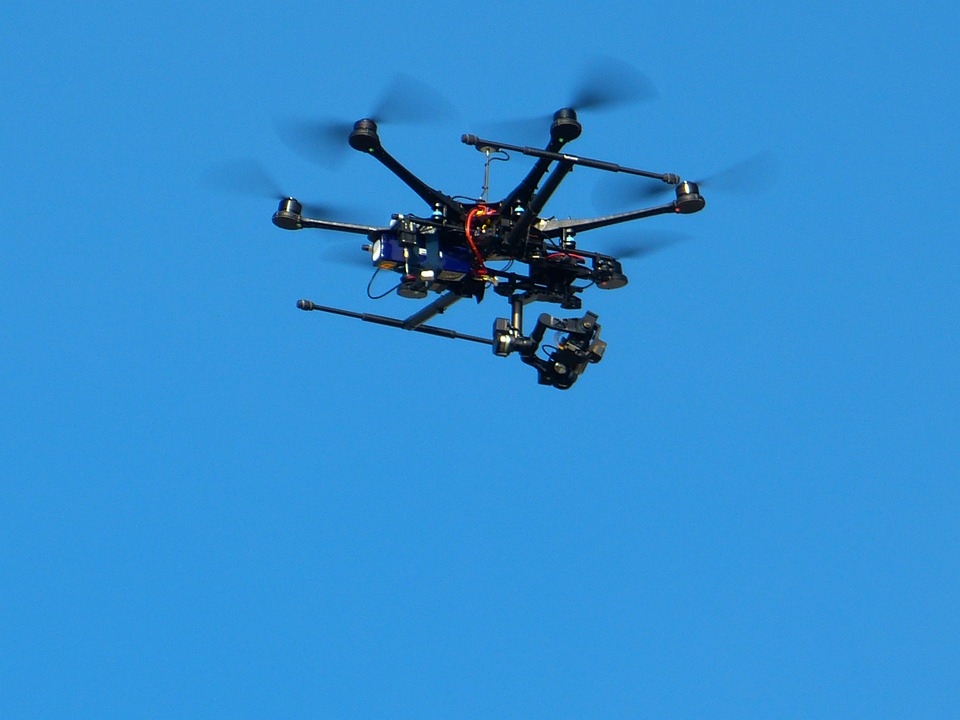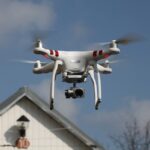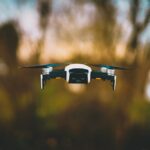Drones, also known as unmanned aerial vehicles (UAVs), have rapidly evolved over the past decade from military applications to commercial and consumer use. As advancements in technology continue to push the boundaries of what drones are capable of, their potential for innovation in various industries is becoming more apparent. From delivery services to agriculture, the future of drones is filled with innovative uses that could revolutionize the way we live and work.
One of the most widely discussed uses for drones is in delivery services. Companies like Amazon and UPS have been experimenting with drone delivery systems to transport packages quickly and efficiently. With the ability to navigate through traffic and reach remote locations, drones have the potential to revolutionize the way goods are delivered. In the future, drones could be used not only for delivering packages, but also for transporting medical supplies to remote areas or even dropping off food orders from restaurants.
In agriculture, drones are being used for tasks such as crop monitoring and spraying pesticides. With the use of sensors and cameras, drones can provide real-time data on crop health and help farmers identify problem areas more efficiently. This technology has the potential to improve crop yields and reduce the need for chemical treatments, leading to more sustainable farming practices.
In the construction industry, drones are being used for surveying and monitoring construction sites. With the ability to capture high-resolution images and videos, drones can provide valuable data to project managers and help streamline the construction process. Additionally, drones can be used for safety inspections, reducing the risk of injury for workers on site.
In the entertainment industry, drones are being used for aerial photography and videography. With the ability to capture stunning aerial shots, drones have become a popular tool for filmmakers and photographers. In the future, drones could be used for live streaming events or capturing 360-degree footage for virtual reality experiences.
As technology continues to advance, the capabilities of drones are only going to improve. The use of artificial intelligence and machine learning algorithms could enable drones to autonomously navigate complex environments and make decisions on their own. In the future, drones could be used for tasks such as search and rescue missions, environmental monitoring, and even personal transportation.
While the future of drones is filled with exciting possibilities, there are still many challenges that need to be addressed. Issues such as privacy concerns, regulation, and safety are all factors that need to be carefully considered as drones become more prevalent in our daily lives. However, with the right regulations and safeguards in place, the future of drones has the potential to revolutionize industries and improve our quality of life.





